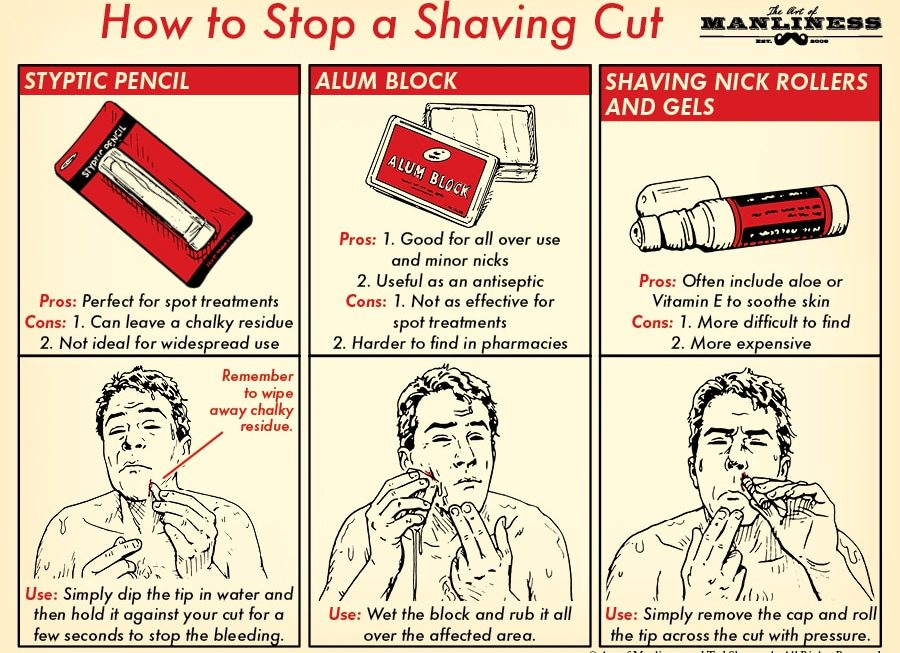It’s entirely possible to lose body fat while eating a high-carb/low-fat diet. As long as you’re burning more calories than you’re consuming, you’re going to lose weight.
It’s also definitely possible to lose weight on a high-fat/low-carb diet, though the reason isn’t that there’s something magic about fat or evil about carbs: high-fat/low-carb diets just tend to lead people to eat fewer calories thanks to limited food choices.
So if the macronutrient breakdown doesn’t matter when it comes to losing weight, is there a reason to choose one diet over the other?
There is, depending on your activity level. For active individuals who work out hard and participate in things like weight lifting, running, or CrossFit, a low-fat/high-carbohydrate diet can greatly enhance their athletic performance and recovery from exercise. Below, we dig into the details as to why.
Understanding How Your Body Gets Power: The 3 Metabolic Pathways
Before we get into the performance benefits of carbohydrates, we need to understand how our body gets the power it needs to function and move. You probably learned a lot of this stuff in high school biology. In case you’ve forgotten or were busy drawing those cool “S” things on your folder while your teacher was explaining metabolic pathways, consider this your review.
Your body transfers energy via a molecule called adenosine triphosphate, or ATP. When a cell needs energy, ATP is broken down by removing a phosphate group from the ATP molecule. This break down releases energy and gives the cell the power it needs to do what it needs to do to ensure your carcass keeps living and moving. All of your body’s cells use ATP for energy — blood cells, liver cells, bone cells, nerve cells, brain cells, muscle cells. If it’s a cell and living, it uses ATP.
1. Phosphagen. This pathway can create ATP really fast because it relies on stored creatine phosphate in the muscles. The creatine phosphate molecule merely needs to transfer its phosphate to the ADP to reconstitute into ATP.
When you’re taking part in intense activities that last for just a few seconds, you’re primarily relying on your phosphagen metabolic pathway to get the ATP your muscles need. An excellent example of this would be performing a single, one-rep weight lifting max.
2. Anaerobic. After your muscles have used up all of their stored ATP and creatine phosphates, it starts creating ATP from stored glycogen in your muscles. Remember from our previous article that glycogen is how our muscles store glucose. Our muscles get glycogen from . . . carbohydrates.
Anaerobic glycolysis contributes to a process that creates two ATP molecules from a single glucose molecule. While that might not seem like a lot, because anaerobic glycolysis doesn’t require oxygen to produce ATP, it can go through several cycles to form new ATP very quickly. Besides ATP, anaerobic glycolysis creates lactic acid as a waste product.
Your muscle cells primarily use anaerobic glycolysis for intense activities lasting 30 seconds to two minutes. A sprint, a set of five while lifting weights, or running up and down a basketball court are good examples of activities that primarily rely on anaerobic glycolysis to create ATP.
3. Aerobic. This metabolic pathway is an ATP producing powerhouse. Unlike phosphagen that can only use creatine phosphate to create ATP or anaerobic glycolysis that can just use glucose to generate ATP, aerobic respiration can use glucose and fatty acids (which we get from the fat we consume or the fat we have stored around our belly). So aerobic respiration is versatile.



